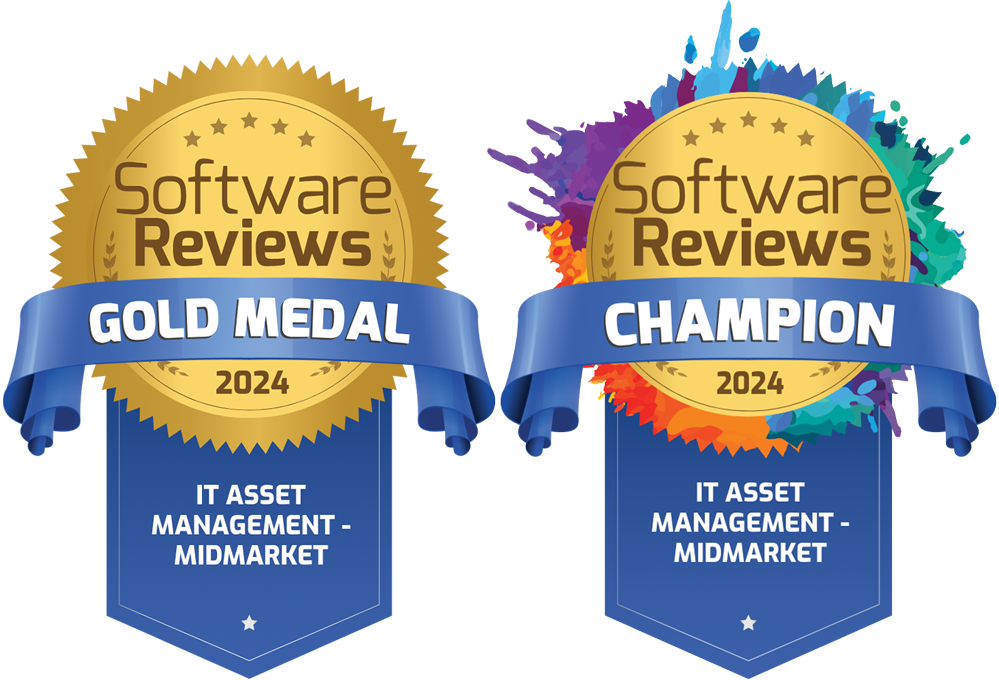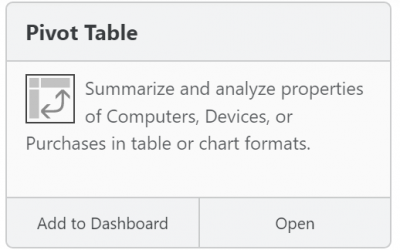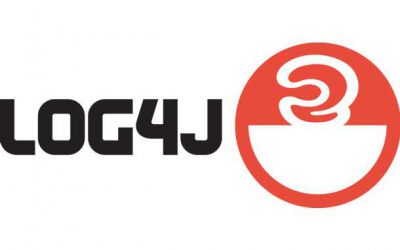Counting K2 Client Licenses for Thin Clients (Citrix, RDS)

K2 provides all of its software license management options equally to software installed on physical, virtual, or thin client computers. Simply counting the number of physical and virtual computers will tell you how many K2 client licenses are needed to support these computers. But determining the number of K2 licenses needed for thin clients is slightly more complicated.
Thin Client ID types
K2 can be configured to identify thin client logins in one of three ways:
- “Thin Client Name” uses a login ID which is unique to the computer logging in
- “Thin Client User” uses a login ID which is unique to the user account
- “Thin Client User and Server Name” combines the user account and the thin client server to form a unique ID.
The third option is not generally useful and should only be used in unusual environments. For this analysis we’ll assume one of the first two options will be used.
Thin Client Name
Using “Thin Client Name” requires one K2 client license per computer that connects to a Thin-Client Server (whether you have just one Thin-Client Server or many).
- If thin client connections are only initiated from within a lab of 20 computers, this would require 20 K2 Client licenses – even if 100 different users use the 20 lab computers at different times
- If a single user is the only user who initiates thin client sessions, but they do so on 20 different computers, this would require 20 K2 Client licenses
- This is a better option when the number of computers initiating thin client connections is lower than the number of users initiating thin client connections
Thin Client User
Using “Thin Client User” requires one K2 client license per user who connects to a Thin-Client Server (whether you have just one Thin-Client Server or many).
- If thin client connections are only initiated from within a lab of 20 computers, but 100 different users use the lab at different times, this would require 100 K2 Client licenses
- If a single user is the only user who initiates thin client sessions, but they do so on 20 different computers, this would only require one K2 Client license
- This is a better option when the number of users initiating thin client connections is lower than the number of computers initiating thin client connections
Choosing an ID type
Choosing between Thin Client Name and Thin Client User will affect your overall seat count as described above. Generally then, you need to think about how many unique users will initiate Thin Client sessions, and from how many computers. You may want to choose the computer ID type based on the lower of these two numbers.
The other implication of choosing one ID type or the other lies in how K2’s internal reports will summarize usage. Many reports aggregate usage by the computer record in K2. So using Thin Client Name would aggregate all Thin Client usage from a single computer. Using Thin Client User would instead aggregate all Thin Client usage generated by a particular user. Once you choose which approach to take you will configure this in K2 as described here: https://www.sassafras.com/hrl/7.1/comp_ids.html.
Dedicated vs Leased Logins
The simple counts above assume that all computers in K2 are configured as Dedicated clients. This is the default for all computers (physical, virtual, or thin client). KeyServer can however be configured to give clients a “Leased” login type in which the KeyServer seat is freed up after a certain amount of inactivity. This is often an option worth considering for thin clients as thin client computer/users can often go long intervals between KeyServer sessions and therefore may not require a Dedicated seat. If you use Leased Logins, you will need some number of client licenses less than the total items being counted. Bear in mind though:
- Whenever a node locked license is assigned to a Leased client, its login type automatically becomes Dedicated.
- Leased client logins are most efficient when users rarely log in, or when clients tend to only infrequently use software that is controlled by K2.
You may be able to reduce your required K2 client count by using Leased clients, but the amount you reduce it by will vary depending upon usage patterns.
Need help with the math? Contact Sassafras at sales@sassafras.com for assistance in estimating the necessary number of client licenses.
Author: Michael Maddalena
Having tested and supported KeyServer since as far back as version 3.2, Michael has been working with some long-term customers for decades now, but is always happy to help anyone (Old Hands, New or Recent customers, or Prospects) understand and get the most out of our software. He also handles any questions related to bees or goats.
Site Search
Documentation Search
Categories

Social
Subscribe
| Thank you for Signing Up |






